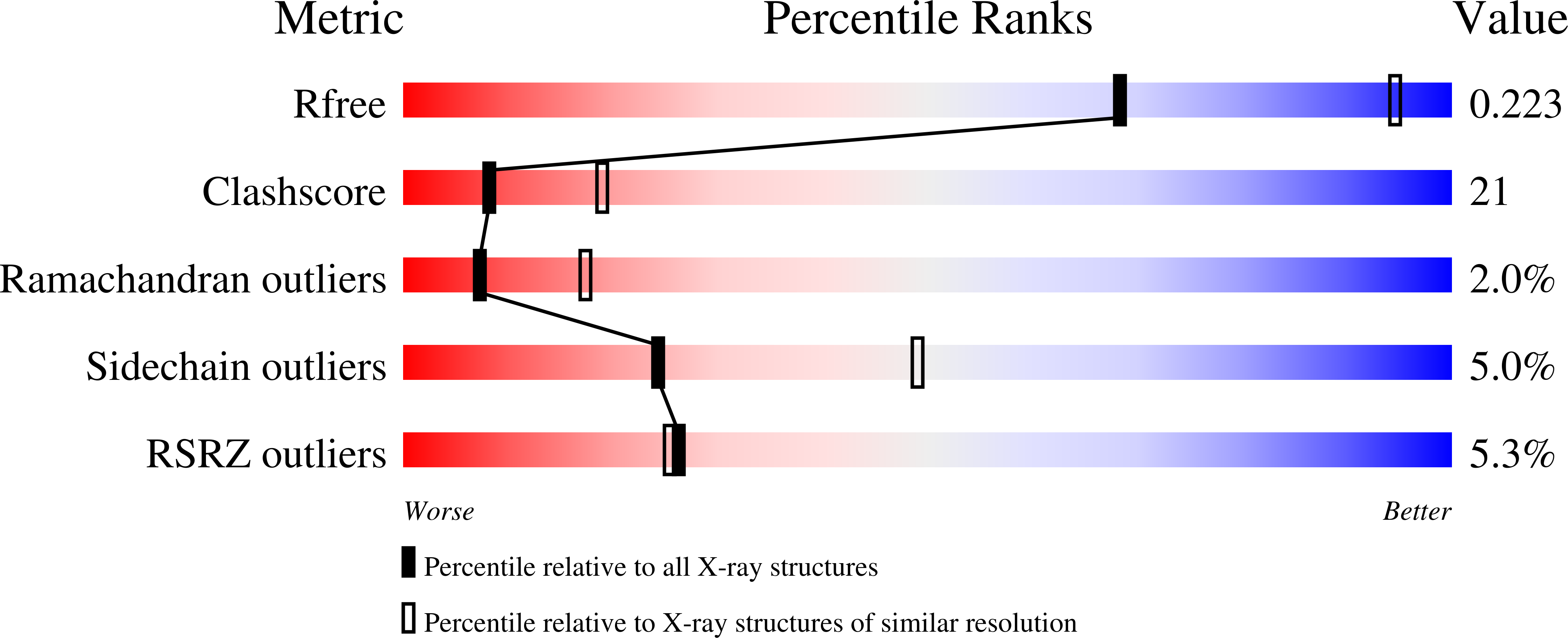
Deposition Date
2004-09-25
Release Date
2005-05-24
Last Version Date
2023-08-23
Entry Detail
PDB ID:
1XJW
Keywords:
Title:
The Structure of E. coli Aspartate Transcarbamoylase Q137A Mutant in The R-State
Biological Source:
Source Organism:
Escherichia coli (Taxon ID: 562)
Host Organism:
Method Details:
Experimental Method:
Resolution:
2.71 Å
R-Value Free:
0.22
R-Value Work:
0.17
R-Value Observed:
0.17
Space Group:
P 3 2 1


